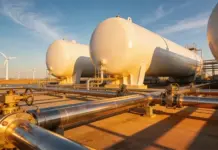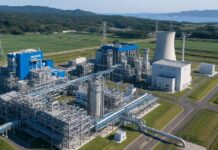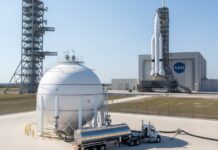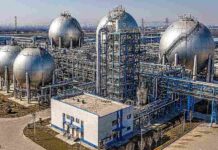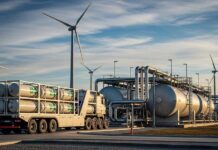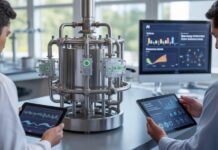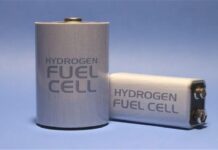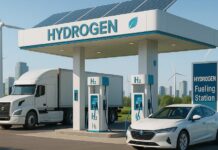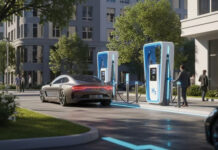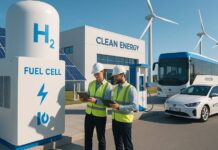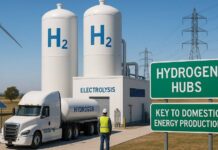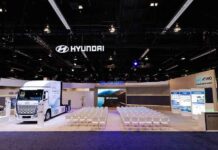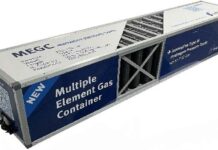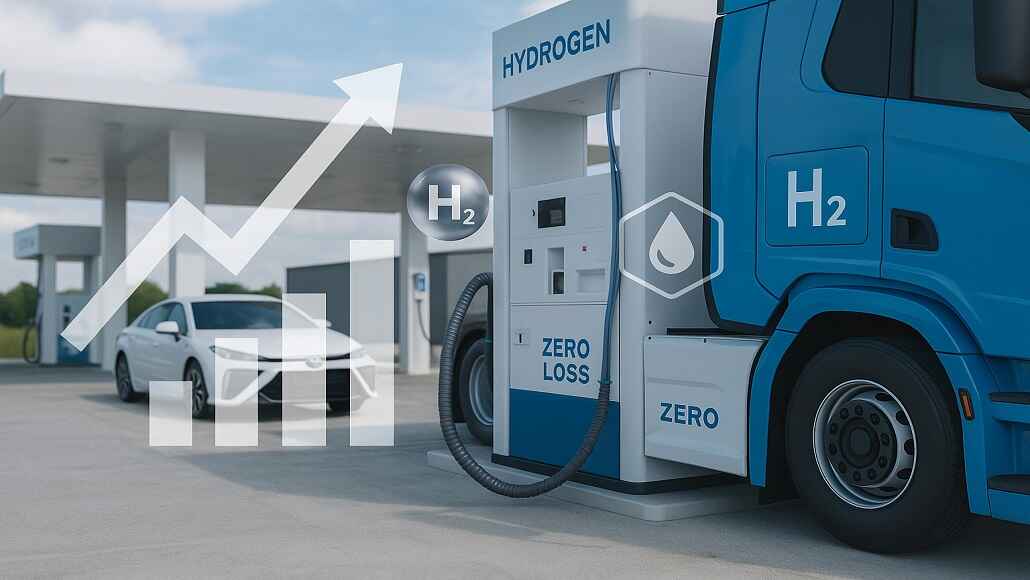A collaboration involving three hydrogen fuel specialists is involved in developing a loss-free service station delivery system, which can go on to serve both trucks and fuel-cell passenger cars.
While launching the initiative at the Hydrogen Plus Fuel Cell Europe conference in Germany, the partners, Bosch Rexroth, Hyroad Energy, and GenH2 Corp., look forward to launching the first Zero Loss hydrogen refueling station next year that will be located in Dallas.
This initiative focuses on the challenges of hydrogen boil-off when the liquid hydrogen stored at a temperature of -423°F (-253°C) goes on to meet the atmospheric temperatures while fueling a vehicle or, in some cases, filling the storage tanks.
It is well to be noted that even Toyota is also working on decreasing boil off by way of recycling as part of its fuel-cell and internal combustion engine projects, notably due to its green racing programs.
The partners look to deliver a service station experience that attains a zero loss of fuel. The drive brings together liquid hydrogen cryopump technology from Bosch Rexroth, controlled storage technology by GenH2, and hydrogen infrastructure development experience from Hyroad Energy.
They anticipate these delivery systems to expand beyond California into other high-demand markets across the US, says Dmitry Serov, who is the CEO and founder of Hyroad Energy. The industry has been facing issues for too long because of significant hydrogen losses during the transfer, storage, and refueling. This project goes on to set a completely new benchmark. Through combining advanced cryogenic technologies along with seamless system design, their goal is to give out a completely Zero Loss hydrogen refueling station, thereby marking a massive step forward when it comes to the commercial viability of hydrogen as a clean energy option.
Even because of this cost-saving measure, the jury is completely out on whether hydrogen is going to affect all the transport sectors.
The IDTechEx report in January 2025 when it comes to prospects of hydrogen fuel-cell vehicles in terms of last mile delivery puts forth light on the fact that the longer range as well as speed of refueling or even charging are indeed significant changes for passenger vehicles along with heavy-duty trucks. However, when it comes to light commercial vehicles, these are not major advantages. The privately run fleet depots, which have the charging facilities for the smaller vehicles, go ahead and negate numerous advantages of hydrogen powertrains vis-a-vis their battery-electric competitors.
The report, which has been titled Electric Light Commercial Vehicles, 2025–2045—Market, Players, Forecasts, goes on to point out that an average e-LCV coming from a major manufacturer is going to have batteries Having a capacity for almost 120 miles or 193 kms of operations in order to cover around two days’ worth of mileage. The newer as well as higher capacity models are also consistently exceeding this sort of range, thereby offering massive operational flexibility.
Green credentials happen to be yet another issue when it comes to hydrogen-powered LCVs with the kind of hydrogen at present available on the open market.
The report goes on to point out that over 95% of the total world’s hydrogen production today is of the so-called grey hydrogen that gets produced by way of the reformation of methane inside the natural gas. The outcome is a fuel source with almost as much CO2 emissions output as a diesel powertrain.
Green hydrogen, which gets produced by way of the electrolysis of water using electricity, is prominently more costly than grey hydrogen, and its production goes on to hinge on the availability of more renewable sources of energy as well as development in electrolyser technology. The US as well as Europe is coming up with new hydrogen production hubs to meet the needs for greater green hydrogen production.
As of now, a common dearth when it comes to green hydrogen production as well as transport infrastructure goes on to remain, thereby leading to a lower supply and higher retail prices in the short term.
It is well to be noted that green hydrogen will have to reach $4/KG in the European market in order to match the cost of electricity. This kind of figure falls even lower when it comes to other global markets, probably down to almost $1-2 per KG, which, by the way, is not achievable at scale when it comes to the short or medium term.
In the longer term, the EU, China, and the US look forward to investing in hydrogen as a way to decrease dependence as far as fossil fuels are concerned and, in the case of the EU especially, also Russian oil and gas.
Due to higher operating costs and higher upfront costs, both in the short and medium terms, FCEVs will indeed fall short of BEVs from a cost perspective if they don’t get major government support, says the report.


